Manual Signs
- 1/12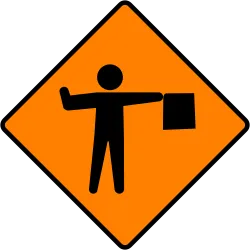
Drivers that a flagman or traffic controller is ahead, usually in construction or temporary work zones. It alerts vehicles to slow down and be prepared for instructions.

That traffic is being controlled manually by an authority, such as a flagman or traffic officer, rather than by automated signals. It requires drivers to stop and follow instructions given by personnel managing traffic.
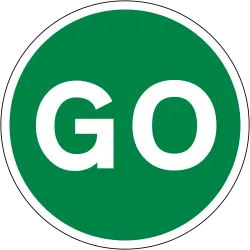
That traffic is being manually directed by a flagman or traffic officer, instructing vehicles to proceed forward. It is often used in construction zones or areas with temporary traffic management.

Related to a road sign, it likely instructs drivers to proceed under manual traffic control, similar to a Go - Manual Control sign.
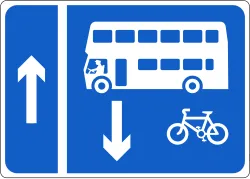
A dedicated lane where buses travel in the opposite direction of normal traffic flow. It helps improve public transportation efficiency while keeping general traffic organized.

Bus lane positioned on the right-hand (offside) of the road, moving in the same direction as general traffic.
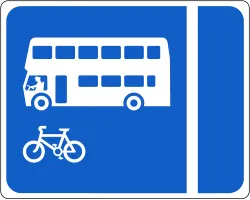
A sign marks a bus-only lane on the left side of the road, running parallel to general traffic. It helps public transport move smoothly while keeping regular vehicles separated.
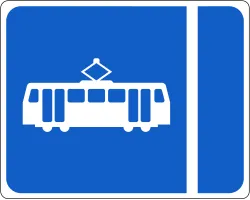
Sign designates a tram-only lane on the left side of the road, moving in the same direction as general traffic. Other vehicles are not allowed in this lane unless specified.
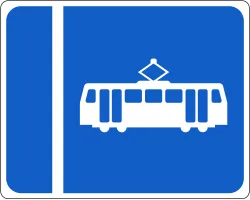
An Offside Tram Lane sign marks a tram-only lane on the right side of the road, moving in the same direction as regular traffic. Other vehicles are not allowed in this lane unless specified.
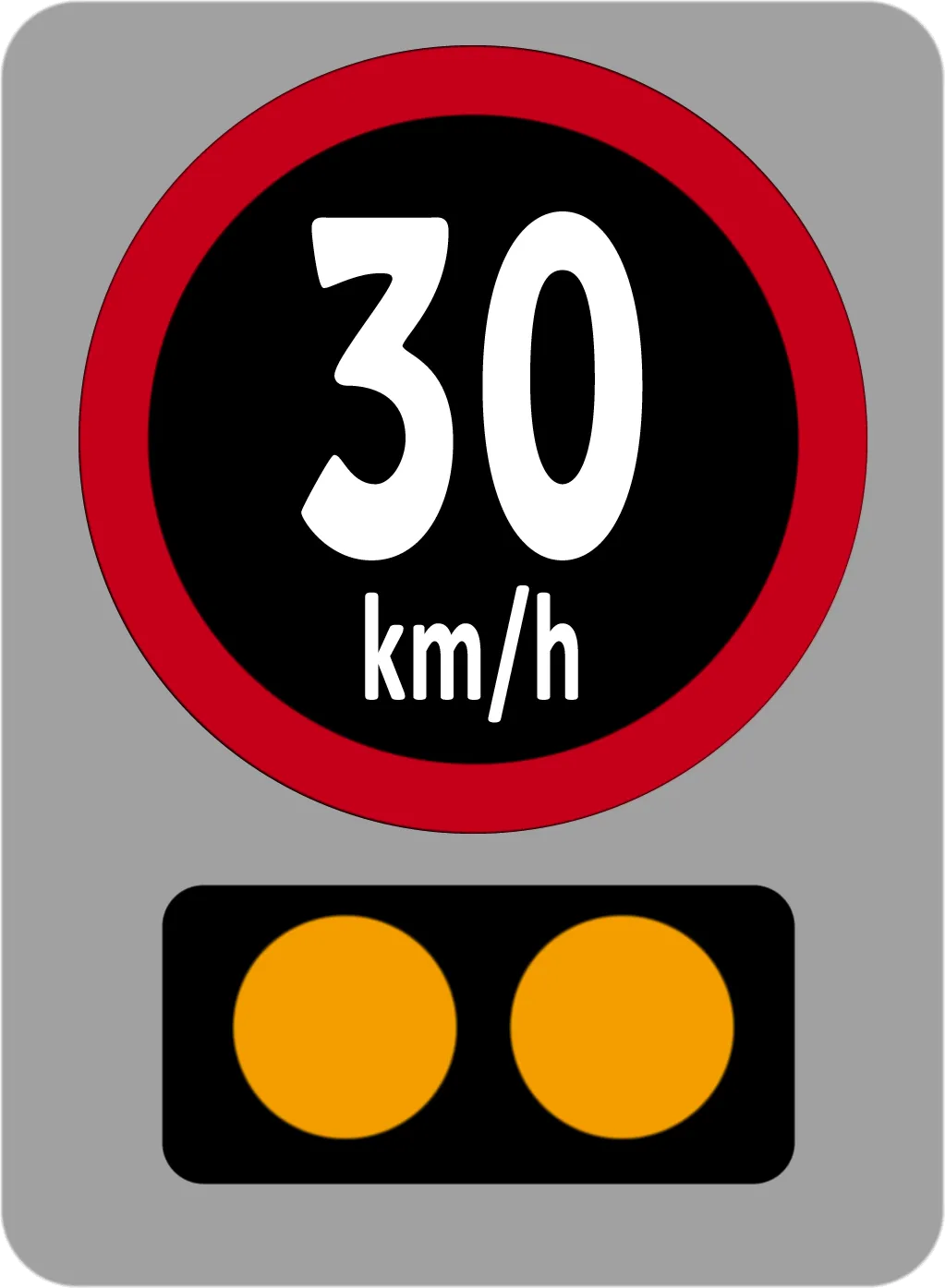
That a speed restriction applies only at specific times or conditions, such as peak traffic hours, school zones, or during adverse weather.
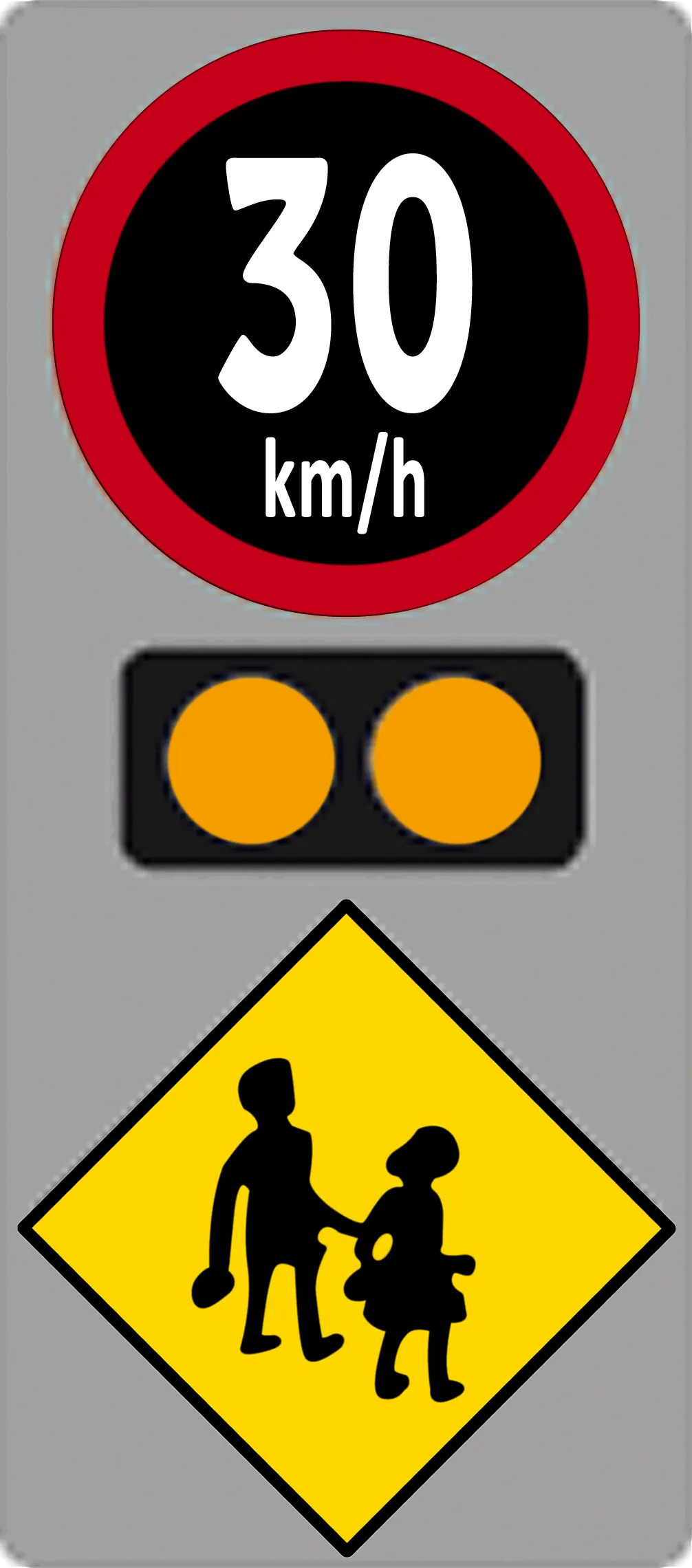
Periodic speed limit signs near schools are designed to enhance safety for students and pedestrians by reducing vehicle speeds during specific times.
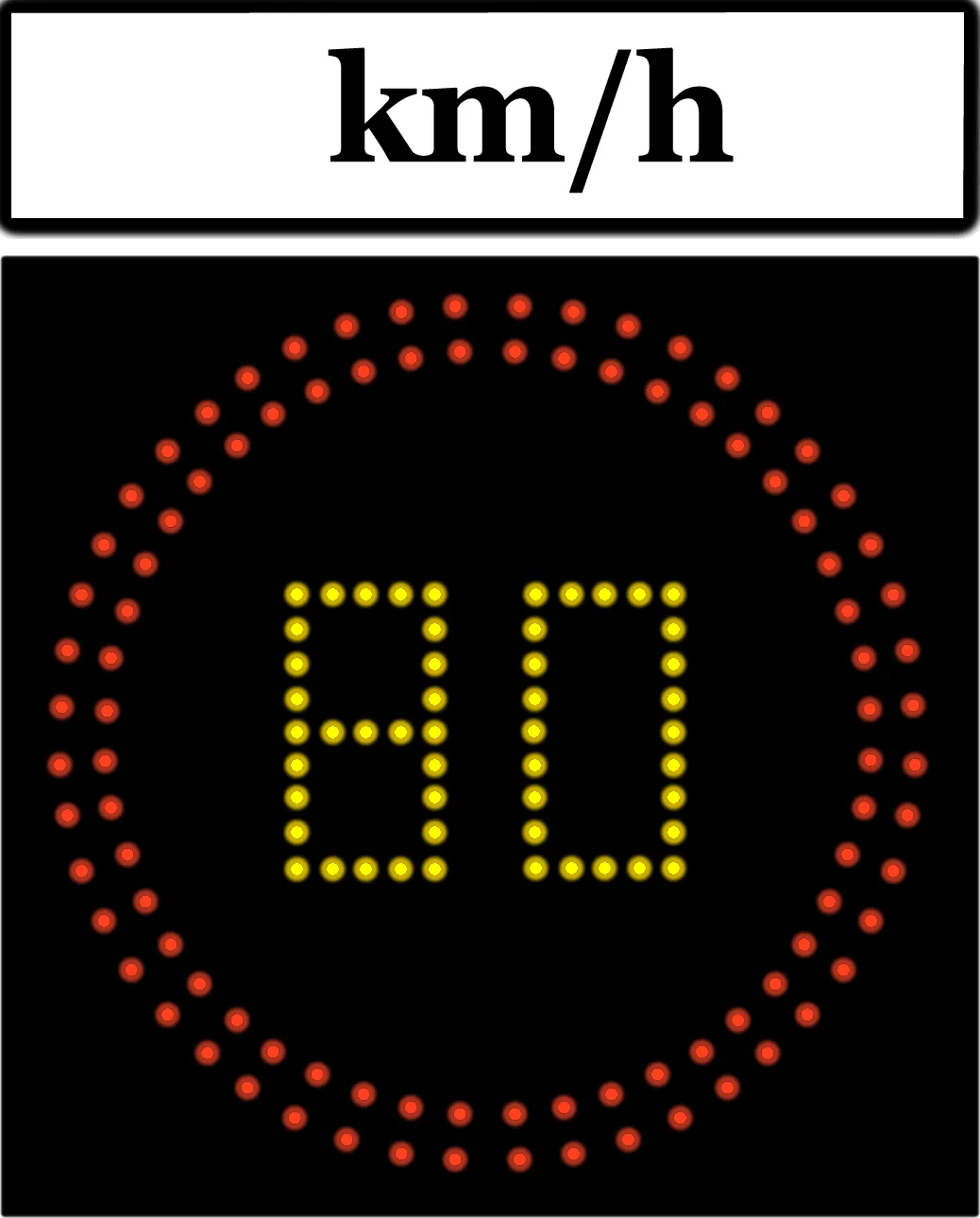
To show speed limits that change during specific times. These signs are usually found near schools, construction zones, or areas with varying traffic conditions.

